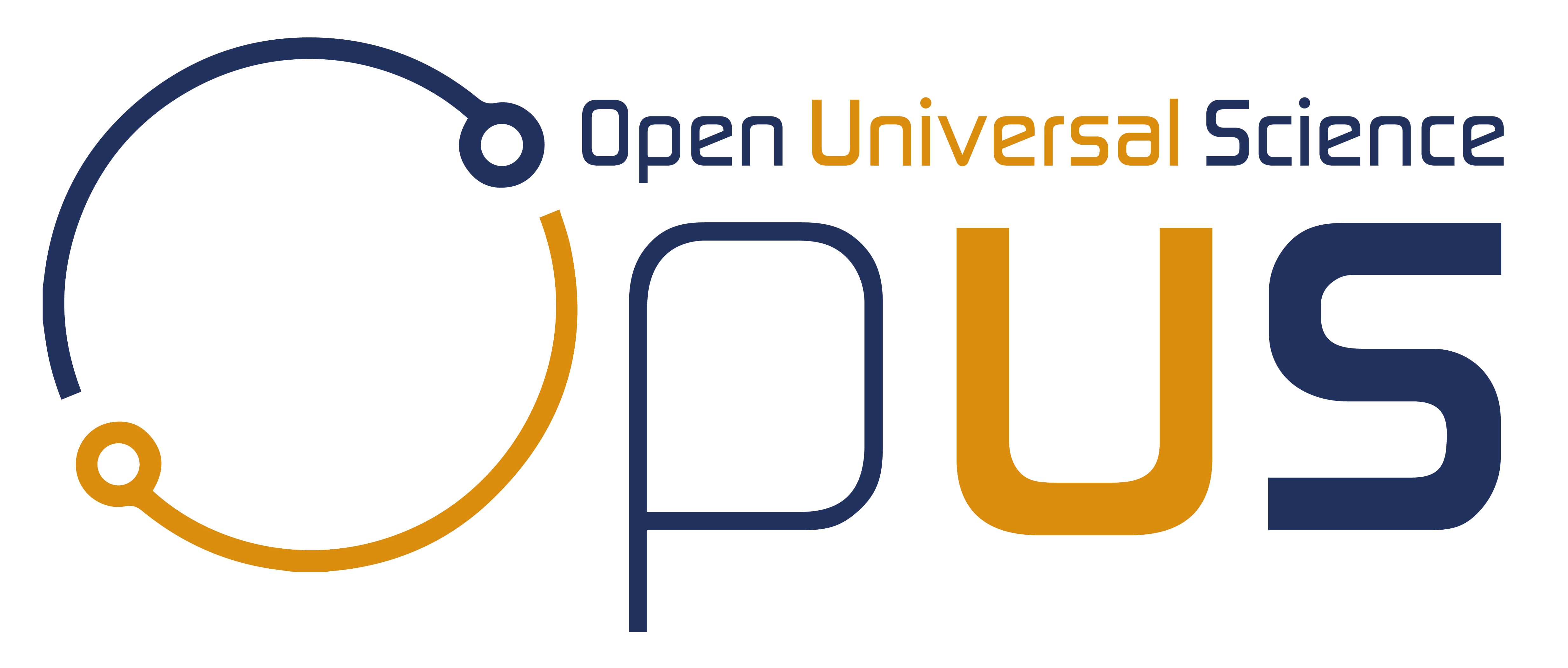Open Access 101 Webinars
Open Access 101 Webinars https://opusproject.eu/wp-content/uploads/2024/07/20240712_wl-1024x677.jpg 1024 677 Open and Universal Science (OPUS) Project https://opusproject.eu/wp-content/uploads/2024/07/20240712_wl-1024x677.jpgOpen Access (OA) has become a pivotal focus within academic libraries, profoundly affecting the entire higher education landscape. This evolving paradigm influences all facets of library management, including outreach, collection development, technical services, public services operations, and dedicated scholarly communication teams. As OA continues to develop at a rapid pace, many library professionals are finding it challenging to keep up, particularly those who are newly assigned OA responsibilities.
To support librarians navigating this complex terrain, SPARC has partnered with the creators of the Scholarly Communication Notebook—Josh Bolick, Maria Bonn, and Will Cross—to present a comprehensive three-part webinar series. This series is designed to introduce OA concepts to newcomers and provide a refresher for those already engaged in OA work. The series is accessible to all, requiring no prior experience or SPARC membership, with the aim of supporting the wider library community, especially those at resource-limited institutions.
Session 1: OA Foundations
Date and Time: August 6th, 3-4pm EDT / 12-1pm PDT [Register Here]
The inaugural session, “OA Foundations,” will cover the essential principles of Open Access. This session is perfect for anyone needing a clear understanding of the basics or a refresher. Topics include OA definitions, its historical development, aspirations, approaches, and common challenges. Additionally, attendees will learn about basic outreach strategies and resources for further learning. This foundational knowledge sets the stage for the subsequent sessions in the series, ensuring participants are well-prepared for deeper dives into OA practices and issues.
Session 2: OA Case Studies
Date and Time: August 20th, 3-4pm EDT / 12-1pm PDT [Register Here]
The second session, “OA Case Studies,” aims to provide practical insights into the implementation of OA services. This session will explore three key areas: supporting OA through licensing agreements and policies, enhancing scholarly literacies, and improving access and discovery via repositories. These themes will be illustrated through case studies from a diverse range of institutions, including large public research universities and smaller regional colleges. Participants are encouraged to share their own experiences and case studies, fostering a rich exchange of ideas and models applicable to various institutional contexts.
Session 3: Emerging Issues in OA
Date and Time: September 10th, 3-4pm EDT / 12-1pm PDT [Register Here]
The final session, “Emerging Issues in OA,” will delve into the complexities and challenges that have emerged as OA has become more widespread. This session will address issues such as equity in access, legal and technical barriers, and the sociocultural dynamics influencing OA adoption. By examining these emerging issues, participants will gain a nuanced understanding of the current OA landscape and the factors that complicate its implementation.
Recordings of all sessions will be available for those who cannot attend live. This series is a pilot initiative, and feedback from participants will help SPARC determine future directions in supporting OA work.
About the Series Leaders
The OA 101 Series will be led by Josh Bolick, Maria Bonn, and Will Cross, who bring extensive experience in scholarly communication and Open Access. Their work on the Scholarly Communication Notebook and their recently published book, “Scholarly Communication Librarianship and Open Knowledge,” underpins this series, offering participants access to their deep expertise and insights.
This series represents a valuable opportunity for library professionals to enhance their understanding of OA, exchange practical strategies, and navigate the challenges of this evolving field. Whether you’re new to OA or seeking to expand your knowledge, the OA 101 Series offers vital resources and community support to help you succeed.
Original article at SPARC
Photo via Science












